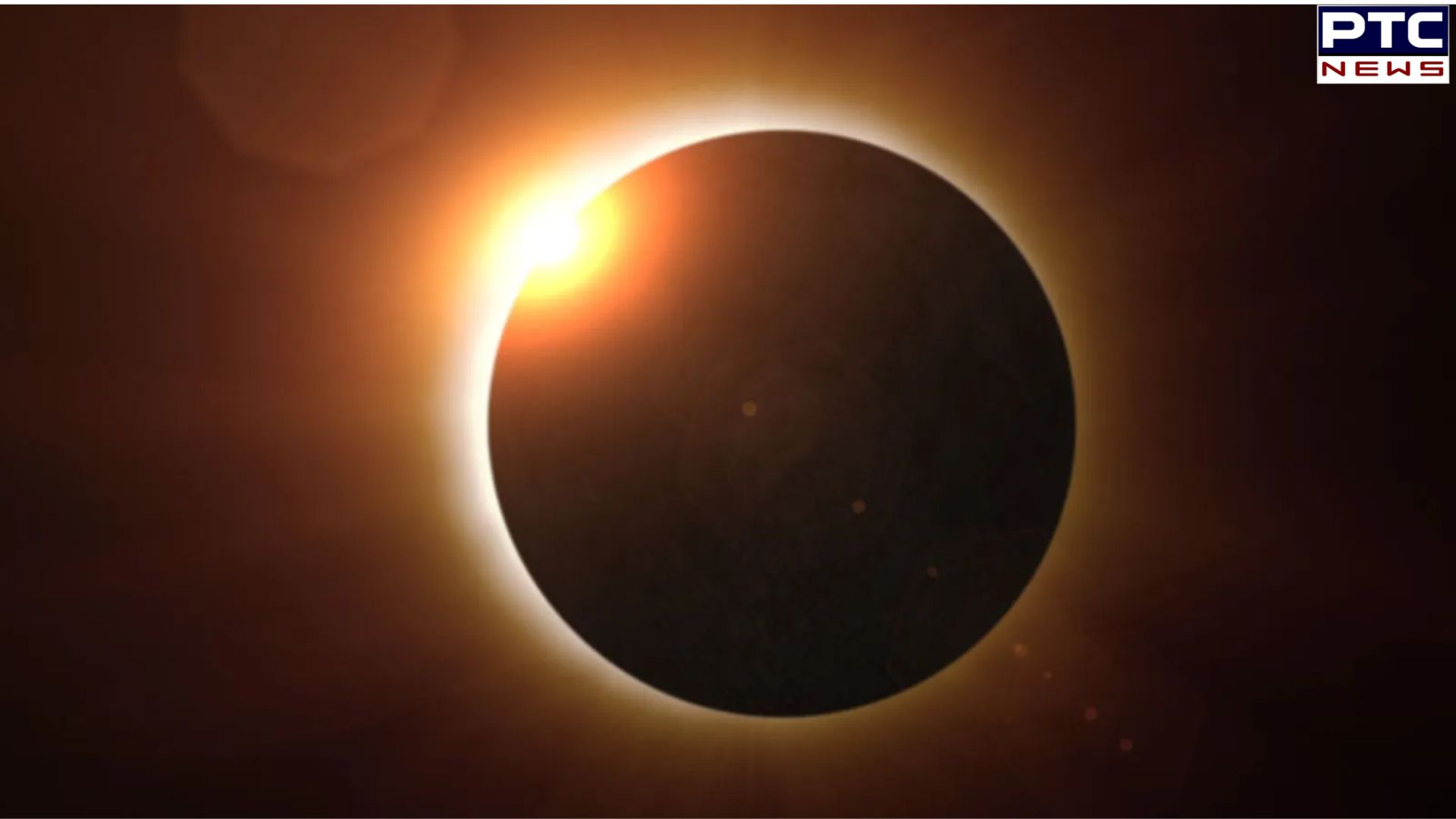

First total solar eclipse of 2024 on April 8: Why is it unique? Read Here
First Total Solar Eclipse of 2024: On April 8, sky gazers around the world will be treated to the first total solar eclipse of the year, marking a significant celestial occurrence. This event holds particular importance as it's the first total solar eclipse since December 4, 2021, making it a rare sight for astronomers and enthusiasts alike. Scientists are eager to leverage this opportunity to study the Sun comprehensively, utilising observations from both space and Earth.
Astronomers emphasise the importance of this first total solar eclipse of the year for scientific observation, but also caution the public to exercise care. While the eclipse presents a captivating spectacle, directly viewing it can pose risks to eye health. Simply wearing sunglasses is insufficient protection against the Sun's potent rays, which can lead to severe consequences such as vision disruption or even blindness. Additionally, NASA advises against pointing smartphone cameras directly at the Sun during the eclipse due to potential damage.
/ptc-news/media/media_files/complete-solar-eclipsejpg)
Solar eclipses occur when the Moon passes between the Sun and the Earth, creating captivating phenomena in the sky. In Hindu mythology, solar eclipses hold cultural significance, intertwined with stories of 'Rahu' and 'Ketu', regarded as shadow planets in astrology. A total solar eclipse occurs when the Moon completely obscures the Sun's disk, offering a unique spectacle for observers. Conversely, annular eclipses, like this one, happen when the Moon is at its farthest point from Earth, resulting in a striking ring of sunlight encircling the Moon's shadow.
Unique Characteristics of the Eclipse
This upcoming eclipse will predominantly be visible over North America, captivating viewers across Mexico, the United States, and Canada. Moreover, the Moon's proximity to Earth during this event surpasses that of the 2017 total solar eclipse in the region, enhancing its uniqueness and allure.
Scientific Observation
NASA is gearing up for comprehensive observation of the eclipse, deploying aircraft to track its path and gather crucial data on the Sun and Earth's atmosphere. The agency plans to livestream the event on its website and television from various locations, enabling global audiences to witness this celestial spectacle. By studying the Sun's corona and the Earth's atmosphere during the brief period of sunlight obstruction, scientists anticipate gaining invaluable insights into these enigmatic regions.
India's Perspective: Aditya L1 and Solar Eclipse
While the eclipse won't be visible from India, the country's maiden solar probe, Aditya L1, will track the Sun as it undergoes eclipse, providing valuable data during the temporary darkness. This alignment of the Sun, Moon, and Earth in a straight line will result in a totality period lasting approximately four minutes, offering scientists a unique research opportunity. The maximum possible duration of a solar eclipse is reported to be 7 minutes and 31 seconds.
Eclipses Beyond Earth
Eclipses aren't exclusive to Earth; moons orbiting other planets can also create similar phenomena, albeit with variations due to different celestial dynamics. Planets with multiple moons may witness multiple eclipses simultaneously, adding to the complexity and intrigue of these events. However, planets like Mercury and Venus, lacking natural satellites, do not experience eclipses as we know them. Even Mars, with its two small moons, Phobos and Deimos, cannot produce full solar eclipses due to their size relative to the Sun.
Also Read | Restoration efforts bear fruit: Historic Ber trees at Golden Temple regain vibrancy
Also Read | What is Rahul Gandhi's bank balance, source of income? Check Here
Also Read | Where is Raghav Chadha? Questions swirl around his absence amid tumultuous political landscape of AAP
Also Read | Why Katchatheevu island dispute has resurfaced ahead of 2024 Lok Sabha Elections" class="smart-link" href="https://www.ptcnews.tv/tags/lok-sabha-elections" target="_top">Lok Sabha elections? Explained
-
